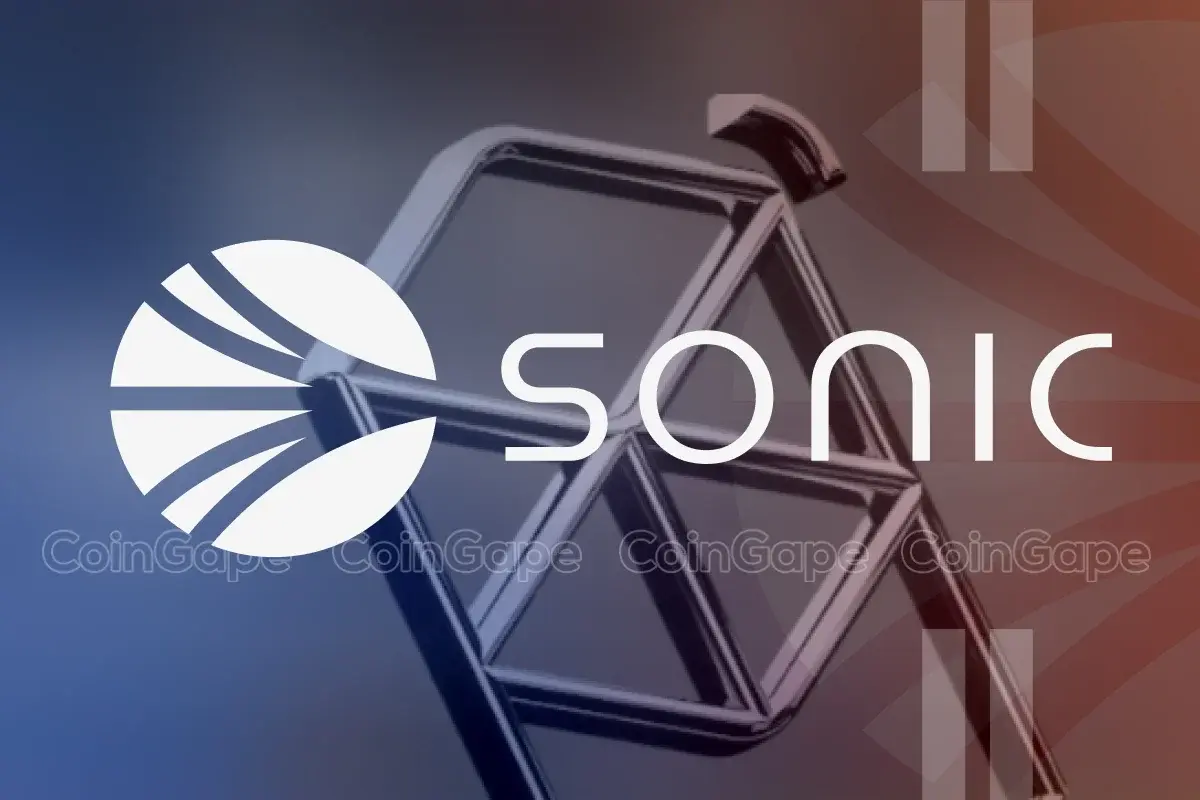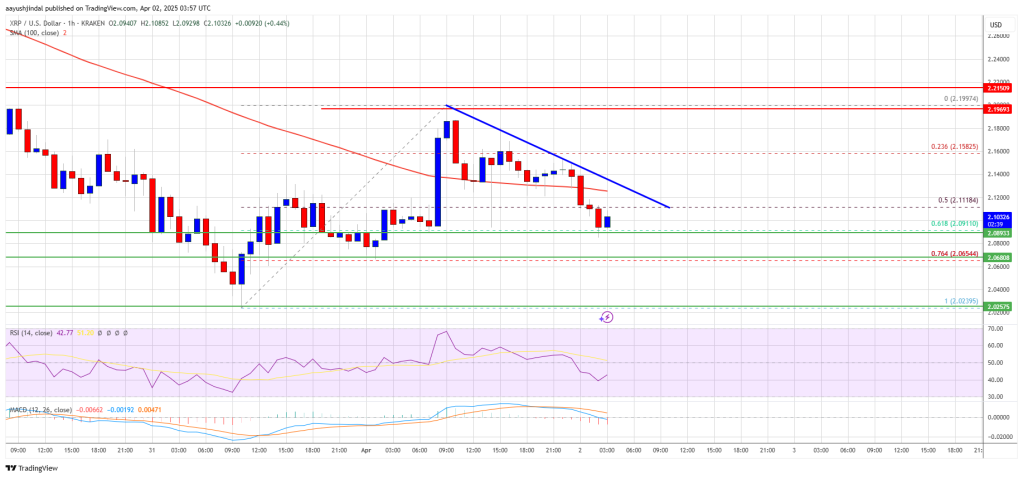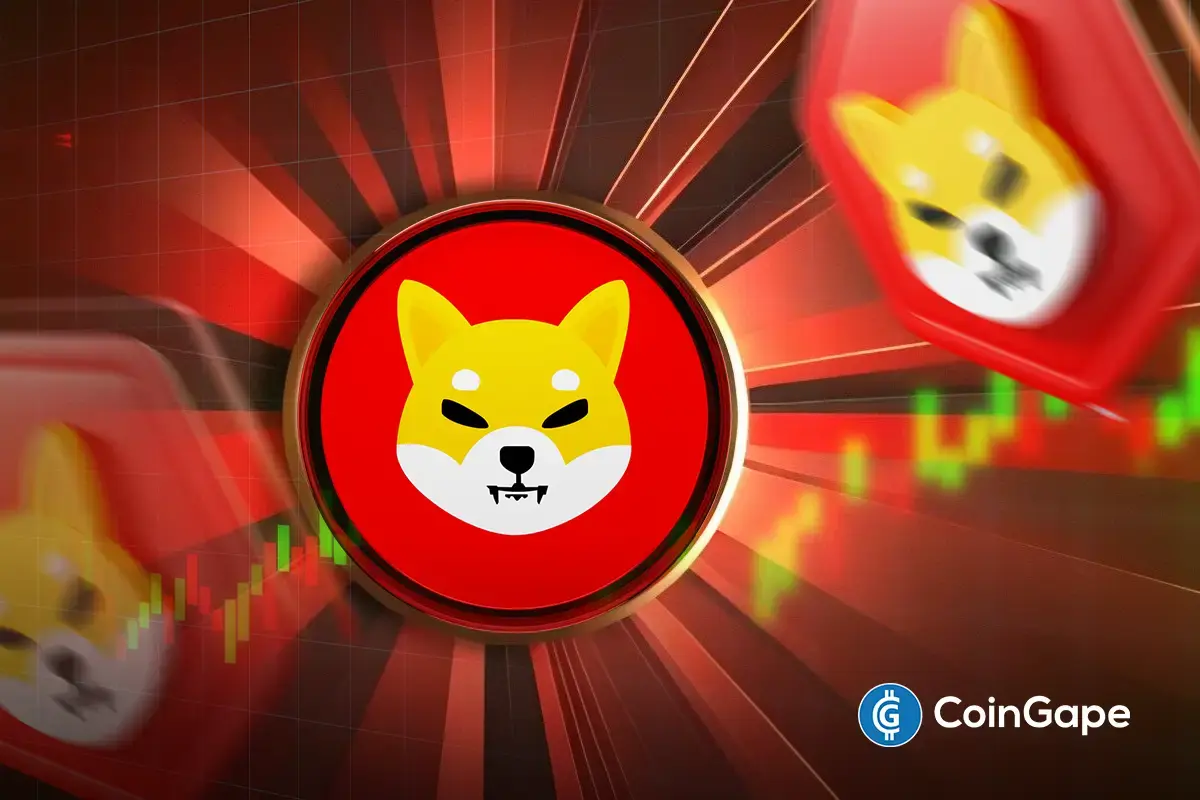Market
Sonic Launch, Avalanche Etna, Jupiter Jupuary

This week’s crypto calendar is packed with major events, as Sonic Labs is about to launch its L1 mainnet, the Avalanche Etna update went live, Jupuary voting began for Jupiter, and more.
Additionally, Starknet will soon begin STRK token staking, and Stacks Foundation will release a timeline for its sBTC Bitcoin-backed asset.
Sonic Mainnet Is Launching in December
Sonic Labs (formerly known as Fantom) has repeatedly claimed in recent weeks that its Layer-1 mainnet would launch in December. This EVM platform also known as Sonic will offer developers attractive incentives and powerful infrastructure.
However, the company is yet to confirm the exact launch date. A social media post from earlier today teased a few details.
“Tired of waiting months or years for empty launch ‘promises’, and you’re ready to show the world what you can do? Come launch with us on Sonic. Our mainnet goes live this December. Earn up to 90% of your app’s fees. Real 10k at sub-second finality. Secure gateway to Ethereum. Grants available via Innovator Fund. $200 million S airdrop,” Sonic Labs wrote on X (formerly Twitter).
These breadcrumb announcements, alongside Sonic Lab’s airdrop, have generated dramatic interest in the last few days. Sonic’s FTM token has also been performing admirably, surging over 30% in the past week as the mainnet launch approaches. The network’s post-launch success could determine a broader trend in FTM valuation.
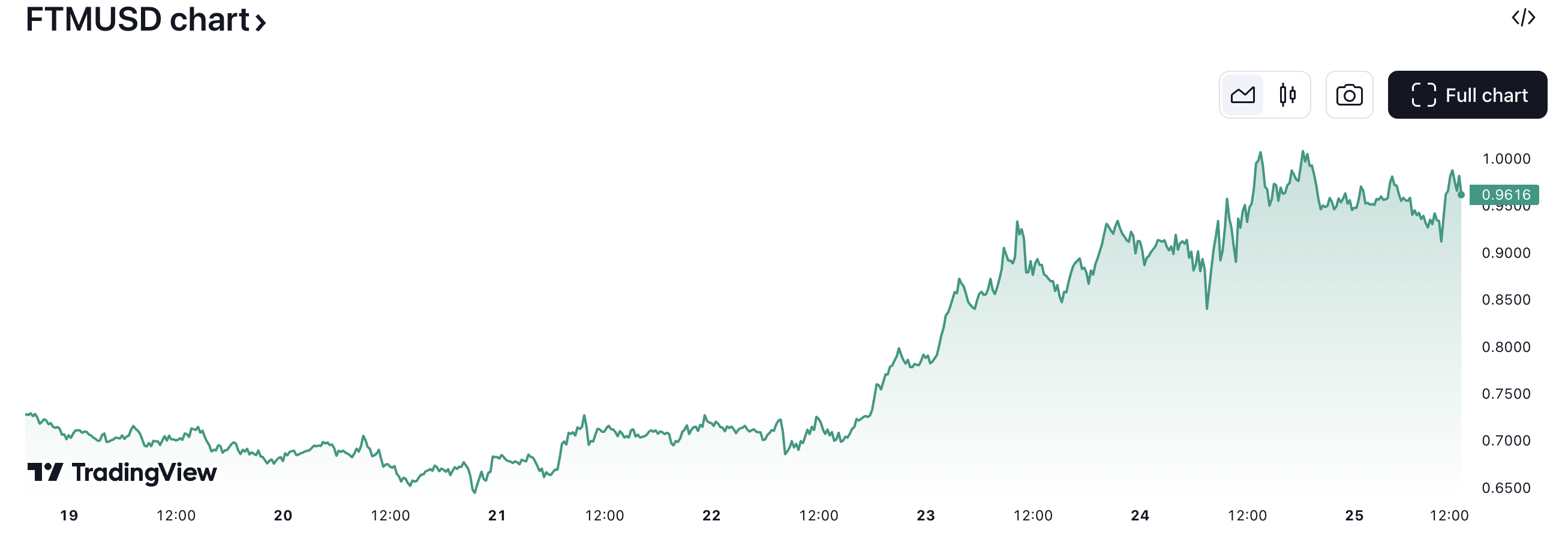
Avalanche Etna Goes Live
Blockchain network Avalanche has launched its Etna upgrade on testnet today. After this phase, Etna will launch on the mainnet, which will be the final step before the company launches its “largest update ever.” This update, Avalanche 9000, will drastically upgrade the underlying technology, and Avalanche Labs cofounder Kevin Sekniqi recently discussed its importance:
“My excitement for mainnet deployment literally cannot be overstated. This vision has been in the works for so many years. Huge upgrade, and my expectation and hope is that it’ll spark a golden age of L1s, making ‘scaling’ a thing of the past. No more ‘how do we scale’ but now ‘ok, what do I build to get to 1 billion users?’”, claimed Sekniqi.
The Etna upgrade empowers L1 creators with greater control over their networks. Developers can now define custom staking mechanisms, select alternative gas tokens, and implement unique governance models tailored to their specific use cases.

Jupiter’s Jupuary Begins Voting
Jupiter, a Solana-based decentralized exchange, began the first round of voting for its “Jupuary” airdrop today.
Essentially, Jupiter opened up a vote to the community on whether or not to conduct several massive airdrops. These airdrops require 70% community approval, and their stated goal is to build engagement.
“This current vote is for checking if the community is comfortable with 2 more JUPuaries round of 700M $JUP tokens each. Building a decentralized community has never been an easy task. Jup by Jup, you and I should strive to make $JUP the best governance token in the world and J.U.P the best community ever,” an influencer wrote on X (formerly Twitter).
This is not the platform’s first Jupuary airdrop, but it is the largest. Developers stated that this airdrop’s mission is to “accelerate, decentralize, unify” their broader community ecosystem. If the first vote passes, it will lead to one round of airdrops and successive votes until they lose approval.
Starknet Begins Staking
Starknet, a permissionless ZK-Rollup, will begin staking on its STRK token this week. It deployed staking infrastructure on mainnet earlier today. This will begin the platform’s overall transformation into a Proof-of-Stake network in four phases of preliminary test experiments.
“Validator tooling is now operational, and Validators are invited to begin their integration. For Delegators, UI and dApps for delegation will be available tomorrow with the official launch. Starting tomorrow, becoming a STRK Delegator will be very simple for everyone,” the firm claimed via social media.
Stacks to Reveal sBTC Launch Timeline
Additionally, the Bitcoin L2 Stacks is expected to reveal a timeline for its sBTC Bitcoin-backed asset. The company has released a whitepaper and roadmap, but it claimed that a more detailed timeline is forthcoming. This new asset will seek to provide new opportunities for Bitcoin in nontraditional DeFi applications.
Finally, all eyes will be on Bitcoin as it pushes towards the long-awaited $100,000 milestone. Despite the brief corrections in the market on Monday, Bitcoin has been consistently pushing new boundaries of all-time highs. It will be interesting to see BTC finally reaches six figures ahead of Thanksgiving and Christmas.
Disclaimer
In adherence to the Trust Project guidelines, BeInCrypto is committed to unbiased, transparent reporting. This news article aims to provide accurate, timely information. However, readers are advised to verify facts independently and consult with a professional before making any decisions based on this content. Please note that our Terms and Conditions, Privacy Policy, and Disclaimers have been updated.
Market
BNB Price Faces More Downside—Can Bulls Step In?

Aayush Jindal, a luminary in the world of financial markets, whose expertise spans over 15 illustrious years in the realms of Forex and cryptocurrency trading. Renowned for his unparalleled proficiency in providing technical analysis, Aayush is a trusted advisor and senior market expert to investors worldwide, guiding them through the intricate landscapes of modern finance with his keen insights and astute chart analysis.
From a young age, Aayush exhibited a natural aptitude for deciphering complex systems and unraveling patterns. Fueled by an insatiable curiosity for understanding market dynamics, he embarked on a journey that would lead him to become one of the foremost authorities in the fields of Forex and crypto trading. With a meticulous eye for detail and an unwavering commitment to excellence, Aayush honed his craft over the years, mastering the art of technical analysis and chart interpretation.
As a software engineer, Aayush harnesses the power of technology to optimize trading strategies and develop innovative solutions for navigating the volatile waters of financial markets. His background in software engineering has equipped him with a unique skill set, enabling him to leverage cutting-edge tools and algorithms to gain a competitive edge in an ever-evolving landscape.
In addition to his roles in finance and technology, Aayush serves as the director of a prestigious IT company, where he spearheads initiatives aimed at driving digital innovation and transformation. Under his visionary leadership, the company has flourished, cementing its position as a leader in the tech industry and paving the way for groundbreaking advancements in software development and IT solutions.
Despite his demanding professional commitments, Aayush is a firm believer in the importance of work-life balance. An avid traveler and adventurer, he finds solace in exploring new destinations, immersing himself in different cultures, and forging lasting memories along the way. Whether he’s trekking through the Himalayas, diving in the azure waters of the Maldives, or experiencing the vibrant energy of bustling metropolises, Aayush embraces every opportunity to broaden his horizons and create unforgettable experiences.
Aayush’s journey to success is marked by a relentless pursuit of excellence and a steadfast commitment to continuous learning and growth. His academic achievements are a testament to his dedication and passion for excellence, having completed his software engineering with honors and excelling in every department.
At his core, Aayush is driven by a profound passion for analyzing markets and uncovering profitable opportunities amidst volatility. Whether he’s poring over price charts, identifying key support and resistance levels, or providing insightful analysis to his clients and followers, Aayush’s unwavering dedication to his craft sets him apart as a true industry leader and a beacon of inspiration to aspiring traders around the globe.
In a world where uncertainty reigns supreme, Aayush Jindal stands as a guiding light, illuminating the path to financial success with his unparalleled expertise, unwavering integrity, and boundless enthusiasm for the markets.
Market
VanEck Sets Stage for BNB ETF with Official Trust Filing
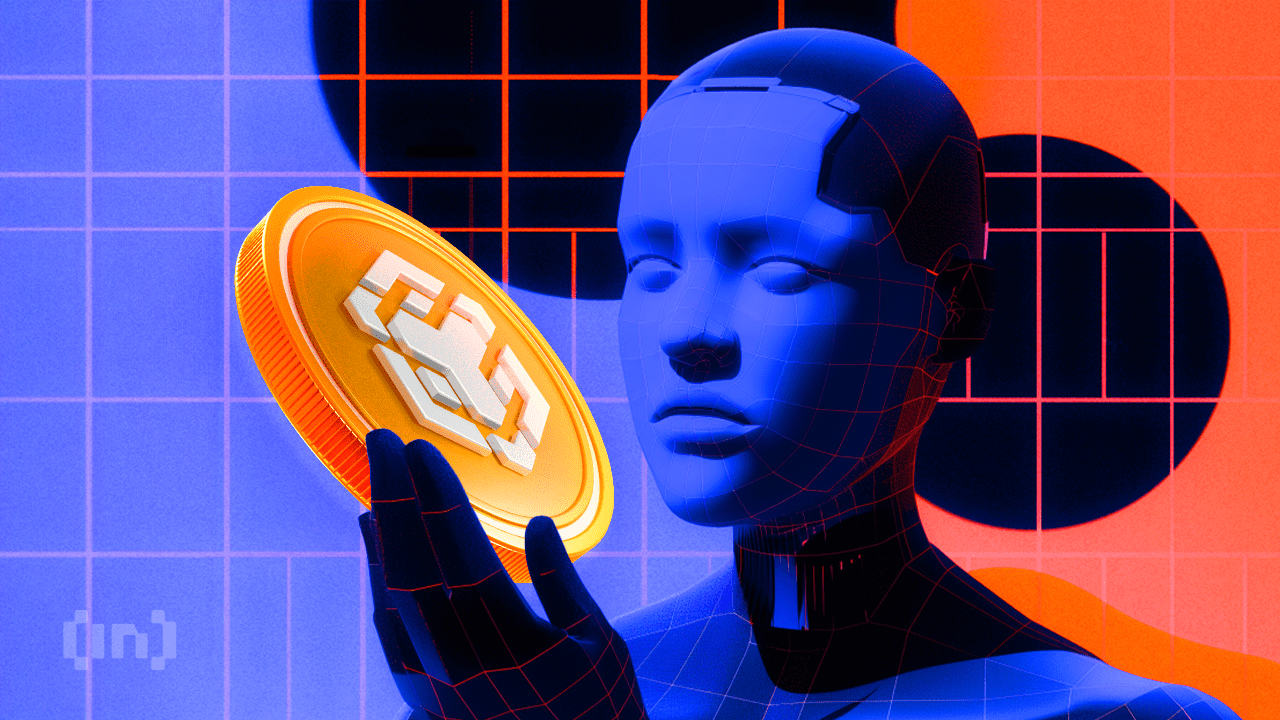
Global investment management firm VanEck has officially registered a statutory trust in Delaware for Binance’s BNB (BNB) exchange-traded fund (ETF).
This move marks the first attempt to launch a spot BNB ETF in the United States. It could potentially open new avenues for institutional and retail investors to gain exposure to the asset through a regulated investment vehicle.
VanEck Moves Forward with BNB ETF
The trust was registered on March 31 under the name “VanEck BNB ETF” with filing number 10148820. It was recorded on Delaware’s official state website.

The proposed BNB ETF would track the price of BNB. It is the native cryptocurrency of the BNB Chain ecosystem, developed by the cryptocurrency exchange Binance.
As per the latest data, BNB ranks as the fifth-largest cryptocurrency by market capitalization at $87.1 billion. Despite its significant market position, both BNB’s price and the broader cryptocurrency market have faced some challenges recently.
Over the past month, the altcoin’s value has declined 2.2%. At the time of writing, BNB was trading at $598. This represented a 1.7% dip in the last 24 hours, according to data from BeInCrypto.

While the trust filing hasn’t yet led to a price uptick, the community remains optimistic about the prospects of BNB, especially with this new development.
“Send BNB to the moon now,” an analyst posted on X (formerly Twitter).
The filing comes just weeks after VanEck made a similar move for Avalanche (AVAX). On March 10, VanEck registered a trust for an AVAX-focused ETF.
This was quickly followed by the filing of an S-1 registration statement with the US Securities and Exchange Commission (SEC). Given this precedent, a similar S-1 filing for a BNB ETF could follow soon.
“A big step toward bringing BNB to US institutional investors!” another analyst wrote.
Meanwhile, the industry has seen an influx of crypto fund applications at the SEC following the election of a pro-crypto administration. In fact, a recent survey revealed that 71% of ETF investors are bullish on crypto and plan to increase their allocations to cryptocurrency ETFs in the next 12 months.
“Three-quarters of allocators expect to increase their investment in cryptocurrency-focused ETFs over the next 12 months, with demand highest in Asia (80%), and the US (76%), in contrast to Europe (59%),” the survey revealed.
This growing interest in crypto ETFs could drive further demand for assets like BNB, making the VanEck BNB ETF a potentially significant product in the market.
Disclaimer
In adherence to the Trust Project guidelines, BeInCrypto is committed to unbiased, transparent reporting. This news article aims to provide accurate, timely information. However, readers are advised to verify facts independently and consult with a professional before making any decisions based on this content. Please note that our Terms and Conditions, Privacy Policy, and Disclaimers have been updated.
Market
XRP Recovery Stalls—Are Bears Still In Control?

XRP price started a fresh decline from the $2.20 zone. The price is now consolidating and might face hurdles near the $2.120 level.
- XRP price started a fresh decline after it failed to clear the $2.20 resistance zone.
- The price is now trading below $2.150 and the 100-hourly Simple Moving Average.
- There is a connecting bearish trend line forming with resistance at $2.120 on the hourly chart of the XRP/USD pair (data source from Kraken).
- The pair might extend losses if it fails to clear the $2.20 resistance zone.
XRP Price Faces Rejection
XRP price failed to continue higher above the $2.20 resistance zone and reacted to the downside, like Bitcoin and Ethereum. The price declined below the $2.150 and $2.120 levels.
The bears were able to push the price below the 50% Fib retracement level of the recovery wave from the $2.023 swing low to the $2.199 high. There is also a connecting bearish trend line forming with resistance at $2.120 on the hourly chart of the XRP/USD pair.
The price is now trading below $2.150 and the 100-hourly Simple Moving Average. However, the bulls are now active near the $2.10 support level. They are protecting the 61.8% Fib retracement level of the recovery wave from the $2.023 swing low to the $2.199 high.
On the upside, the price might face resistance near the $2.120 level and the trend line zone. The first major resistance is near the $2.150 level. The next resistance is $2.20. A clear move above the $2.20 resistance might send the price toward the $2.240 resistance. Any more gains might send the price toward the $2.2650 resistance or even $2.2880 in the near term. The next major hurdle for the bulls might be $2.320.
Another Decline?
If XRP fails to clear the $2.150 resistance zone, it could start another decline. Initial support on the downside is near the $2.10 level. The next major support is near the $2.0650 level.
If there is a downside break and a close below the $2.0650 level, the price might continue to decline toward the $2.020 support. The next major support sits near the $2.00 zone.
Technical Indicators
Hourly MACD – The MACD for XRP/USD is now gaining pace in the bearish zone.
Hourly RSI (Relative Strength Index) – The RSI for XRP/USD is now below the 50 level.
Major Support Levels – $2.10 and $2.050.
Major Resistance Levels – $2.120 and $2.20.
-
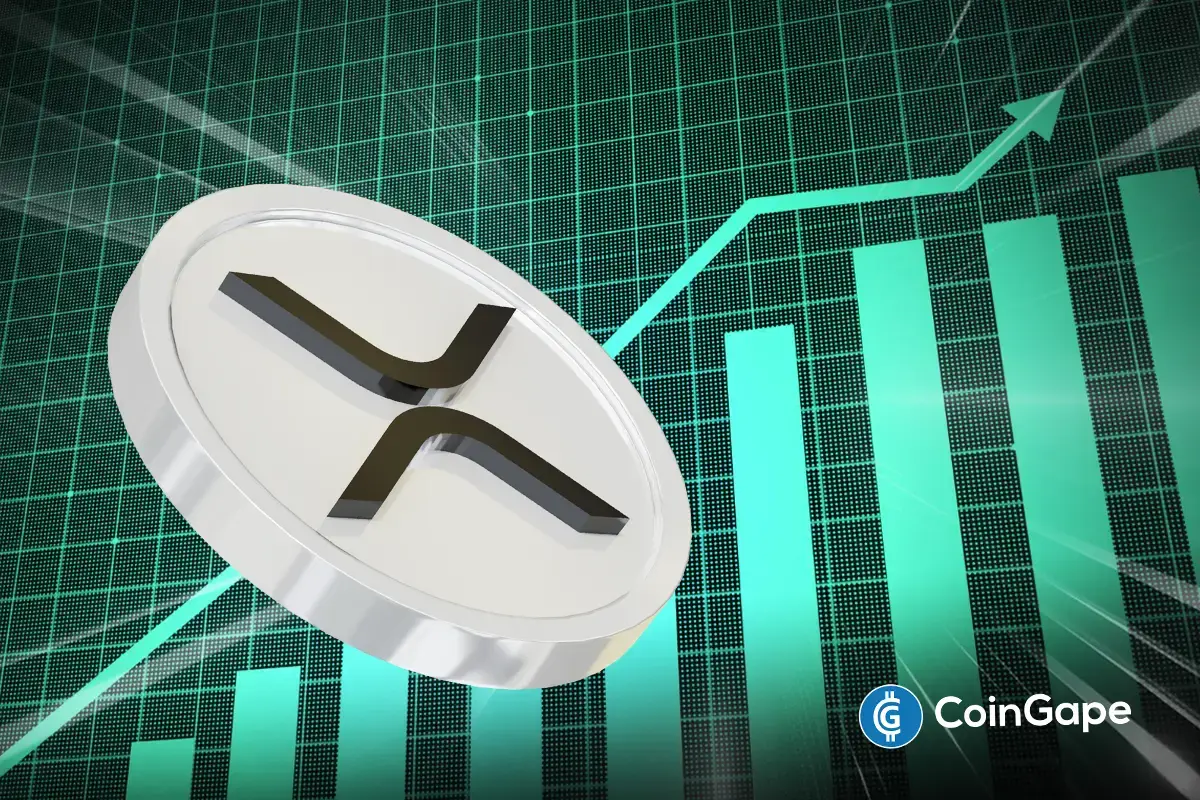
 Altcoin20 hours ago
Altcoin20 hours agoXRP Price to $27? Expert Predicts Exact Timeline for the Next Massive Surge
-

 Altcoin23 hours ago
Altcoin23 hours agoBTC, ETH, XRP, DOGE Fall Following Weak PMI, JOLTS Data
-

 Altcoin22 hours ago
Altcoin22 hours agoBinance Update Sparks 50% Decline For Solana Meme Coin ACT: Details
-

 Market19 hours ago
Market19 hours agoEthereum Struggles to Break Out as Bear Trend Fades
-

 Market18 hours ago
Market18 hours agoHow Did UPCX Lose $70 Million in a UPC Hack?
-

 Market23 hours ago
Market23 hours agoTrump’s USD1 Stablecoin Eyes Trust Recovery in Crypto
-

 Market17 hours ago
Market17 hours agoHill Rejects Interest-Bearing Stablecoins Despite Armstrong’s Wish
-

 Bitcoin15 hours ago
Bitcoin15 hours agoBitcoin Could Serve as Inflation Hedge or Tech Stock, Say Experts





